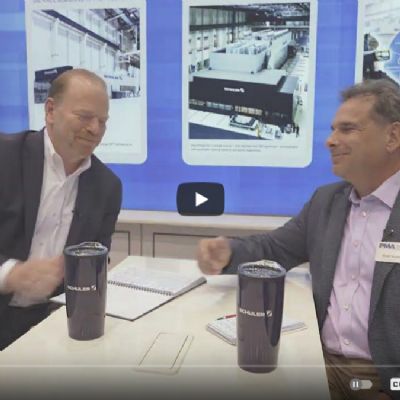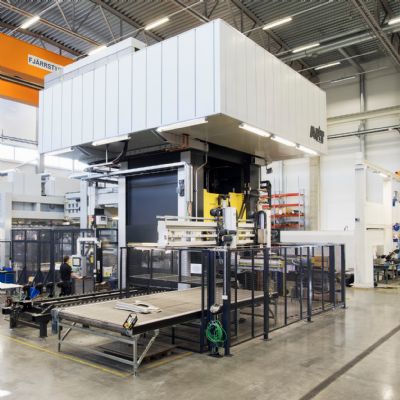The Press That Keeps Pressing
May 1, 2008Comments
That trend propelled Taylor Press Products, Jarrell, TX, a Tier One and Two supplier to the automotive and truck industries, to go hydraulic when specifying a new press. You can read all about how Taylor’s decision worked out in this month’s MetalForming.
The ‘dial-a-tonnage’ and ‘dial-a-speed’ characteristics of a hydraulic press enable stamping of traditionally difficult-to-form deep-drawn parts or high-strength materials that demand extra pressing time and force. Throw in the machine’s relatively low cost and it becomes more attractive. Then the thought process turns to speed. Hydraulic presses run slower than conventional mechanical presses of similar tonnage in many applications. But if volumes are low and time is needed to ensure proper forming and performance of other processes in the tooling, speed is a non-issue.
Years ago, given hydraulic power and the need for fluid and the components to store and carry it, leaking was an issue. As I wrote in a hydraulic-press article eight years ago, the joke was that even a picture of a hydraulic press would leak. Since that time I haven’t heard that argument.
And like all other metalforming equipment, hydraulic presses have benefitted from advances in control capabilities. An example can be found in an article beginning on page 20 of this issue, Smarter Motion Controls Promise Better Hydraulic-Press Performance. The article, by Bill Savela of Delta Computer Systems, explores advancements in closed-loop motion controllers that promise highly accurate and repeatable motion.
“The main distinguishing characteristic of hydraulic presses,” writes Savela, summing up the new technology “is the need to control, in addition to position, the pressure or force exerted by an actuator. Advancements in electro-hydraulic motion controllers, combined with precise position-feedback devices such as magnetorestrictive linear displacement transducers, allow precise positioning of hydraulic actuators, capability that until now was not possible. In addition, methods for controlling position-to-pressure or position-to-force transitions have advanced significantly.”
Such control promises a long and beneficial future for these venerable machines. As they are, hydraulic presses are ideal candidates for difficult forming tasks such as deep drawing since specified force can be exerted throughout an entire, lengthy stroke.
When dwell time is needed at the bottom of a stroke, hydraulic presses step up to the plate. With proper controls, they can extend pressure to a specific length, then hold that pressure for a preset amount of time. Hydraulic presses also provide protection against pressure overload, saving the press and dies from damage due to excessive force.
And tonnage is adjustable, so a 100-ton press, for example, can be set to a force maximum of 50 tons for a particular application. When that force is reached, the press will reverse.







 Video
Video
